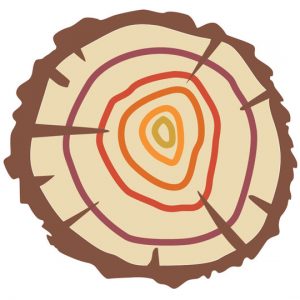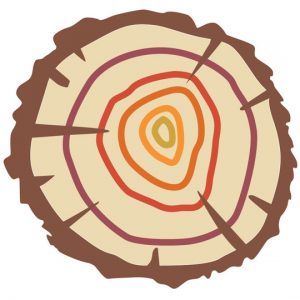In the field of youth development, developing an understanding of trauma helps practitioners see, understand and assess the young people around them, and design better interventions to support them. In this workshop, participants will begin by developing a holistic approach to mental and physical well-being, and then build a working definition of interpersonal, intergenerational, and systemic (such as racism, sexism and classism) trauma in the world around us. Holding a resilience and healing analysis, we will then unpack how the body naturally protects itself and heals itself from traumatic incidents. Through this analysis, we will be able to hold space for ourselves and others with more compassion and intelligence, to ultimately create more connected communities.
In this session, participants will:
Relationships are the most critical building block for all learning. Without strong relationships, young people struggle to gain the safety and security to raise their hand, share an idea, take a risk, or try something new. Conflict is a natural part of life, and must enter every virtual classroom. Equipping young people with mindset, tools and skills to navigate conflict is an important part of social emotional development.
In this session, participants will:
Youth development organizations can advance racial justice by activating civic mindfulness bringing a future of equity into the present. When practitioners integrate and model antiracist pivots, they can empower youth of color to be critical and feel empowered to respond to racism in their daily lives. In this training, youth development practitioners will examine how our individual experiences in white dominant institutions have shaped our leadership and influenced the way we think about organizational and program practices. Together we will unpack and unlearn to visibilize new strategies that help us re-design program structures to actively promote a culture of equity and inclusion.
In this session, participants will:

Change is hard, but not changing is harder. Systems of oppression affect our Black, brown, and indigenous communities most.
Members of boards, governance committees, and community groups: It is time to take charge within our spheres of agency—our boards and organizations. We'll work together to examine where dominant culture seeps into your board culture.
Lean in to this moment to make the culture match your values. Join us for this specially designed training.
In this training, we will:

The events of police brutality and racial injustice highlight that systemic and institutional racism still abounds in our country. While protests rage in the streets, what about the internal culture of your organization? How did you acknowledge the context for your staff? How were black staff supported to endure yet another wave of highly visibilized lynchings? What are the ways your organizational practices replicate dominant culture internally?
In this 2.5-hour interactive session join other organizational leaders in an exploration of how white supremacy ideals become embedded in organizational practices, and strategies to re-design both policies and practices to actively promote anti-racist culture.
We won’t get it done in two and a half hours but here’s what we will do in this introductory session:

Change is hard, but not changing is harder. Systems of oppression affect our Black, brown, and indigenous communities most.
Members of boards, governance committees, and community groups: It is time to take charge within our spheres of agency—our boards and organizations. We'll work together to examine where dominant culture seeps into your board culture.
Lean into this moment to make the culture match your values. Join us for this specially designed training. In this training, we will:

The events of police brutality and racial injustice highlight that systemic and institutional racism still abounds in our country. While protests rage in the streets, what about the internal culture of your organization? How did you acknowledge the context for your staff? How were black staff supported to endure yet another wave of highly visibilized lynchings? What are the ways your organizational practices replicate dominant culture internally?
In this 2.5-hour interactive session join other organizational leaders in an exploration of how white supremacy ideals become embedded in organizational practices, and strategies to re-design both policies and practices to actively promote anti-racist culture.
We won’t get it done in two and a half hours but here’s what we will do in this introductory session: